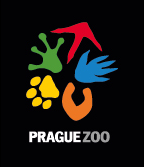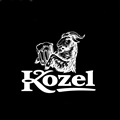Tracking of our Night Herons
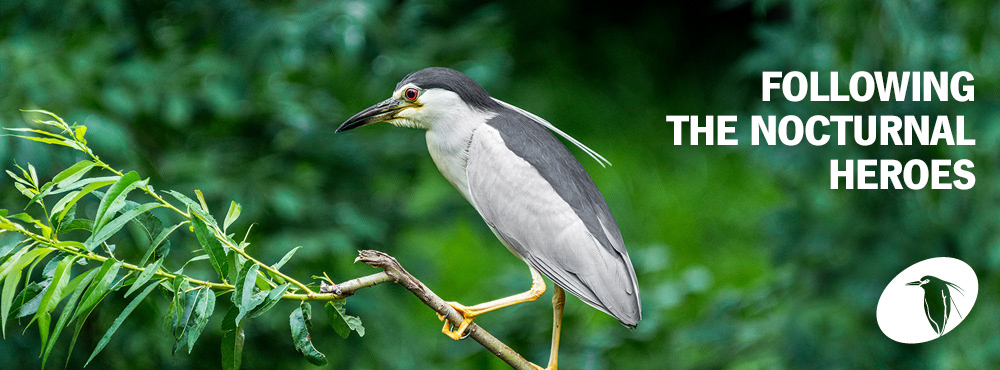
Our night-herons are monitored using satellite telemetry, which automatically tracks the movement of animals. In recent decades this manner has gained in popularity around the world, especially when monitoring the migration routes of various animals.
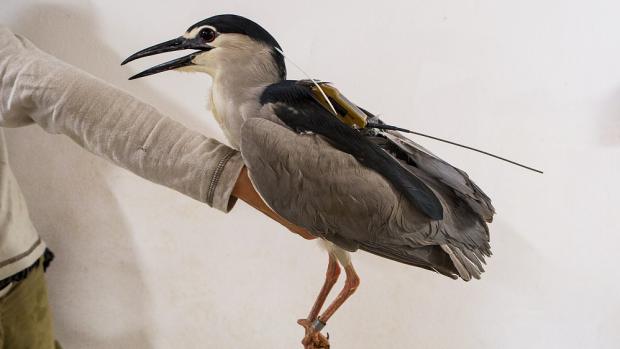 A night heron with a transmitter. Photo: Prague Zoo
A night heron with a transmitter. Photo: Prague Zoo
The miniature transmitters (GPS-PTT) are attached to the night heron’s back using thin Teflon straps. The transmitters receive GPS coordinates in scheduled cycles and transmit them over the polar orbiting meteorological satellite system to the ARGOS centre in the United States and France. (Apart from these exact locations, less accurate locations are also available, calculated on the basis of physics). The data is released from the computing centres to the users; in this case us, Prague Zoo.
Under the transmitter there is a neoprene washer, which, together with the optimally made Teflon straps, makes up a “back pack”, which the birds quickly get used to. An approximately eighteen centimetre long moveable antenna extends from the rear of the transmitter, when it is placed outdoors it is assumed to have optimal transmission.
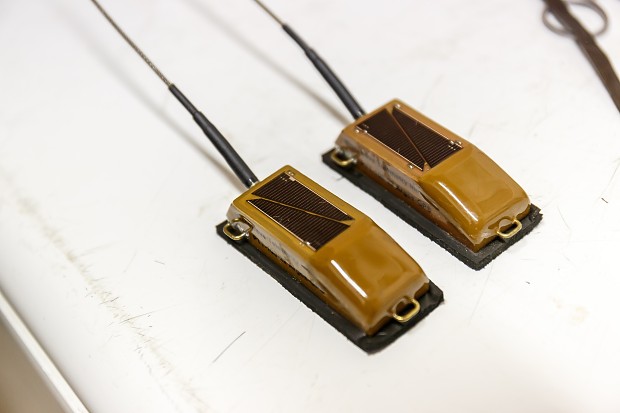
Due to the relatively high energy consumption for repeated GPS signals and data transmission, the miniature transmitter is charged using solar cells, which make up its outer part. Even so, the radios often have a lack of energy, especially in poor weather, which leads to the absence of precise data. Due to the fact that night herons spend a lot of time beneath bushes in wet vegetation, it is not at all certain whether there will always be enough power and whether the signals will not be too damped, which could complicate daily monitoring of their movements during the project.
ZOOPRAHA.CZ
Contacts
- The Prague zoological garden
U Trojskeho zamku 120/3
171 00 Praha 7
Phone.: (+420) 296 112 230 (public relations department)
e-mail: zoopraha@zoopraha.cz
Others
